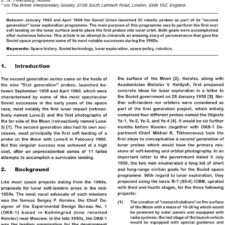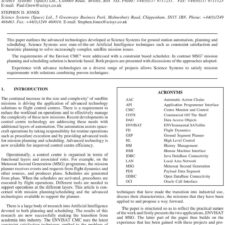Hibernation Control Mechanism and Possible Applications to Humans
£5.00
N. Kondo (1999), JBIS, 52, 343-347
Refcode: 1999.52.343
Abstract:
Mammalian hibernation, characterized by the ability to survive temporarily at low body temperatures close to 0oC, has been reported to increase resistance to various lethal events such as low body temperature, severe ischemia, bacterial infection and irradiation, and to prolong the life span. The application of this physiological phenomenon to space life has been dreamed of. However, realization of this dream has been prevented by a poor understanding of the control mechanisms of hibernation. Recent findings of a novel and unique protein complex (HP) in the blood of chipmunks, a rodent hibernator, which is controlled by the endogenous circannual rhythm of hibernation, allowed new developments in understanding the molecular mechanism of hibernation and its physiological significance. From these studies, two hormones regulated by the brain were identified as promising candidate molecules controlling HP production in the liver, assuming that hibernation is controlled via the neuroendocrine system and regulated by the endogenous circannual rhythm in the brain. A circannual HP rhythm was observed in chipmunks maintaining euthermia under conditions of constant warmth, suggesting that the physiological control of hibernation progresses without a lowering of body temperature. Furthermore, the study of HP rhythm on longevity revealed that a circannual rhythm plays an essential role in the much longer life span of hibernators. The present progress in hibernation research may open a new pathway for manipulating a circannual rhythm controlling hibernation in humans. In the future, this will make it feasible to take advantage of hibernation in space life.





